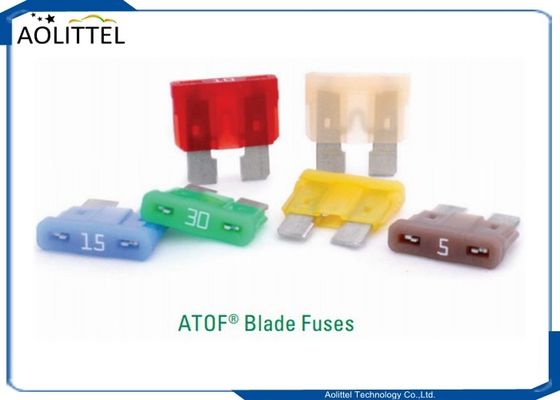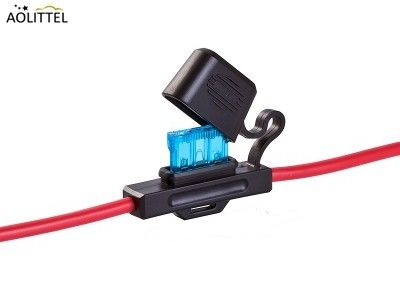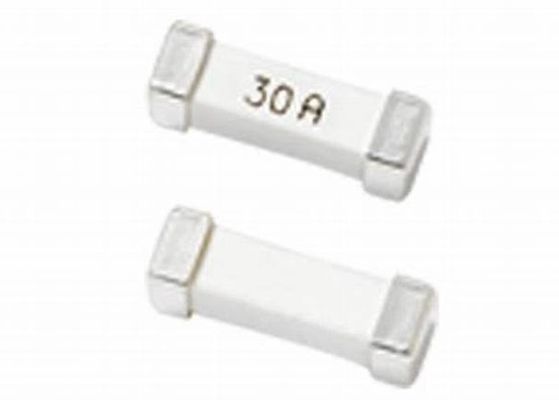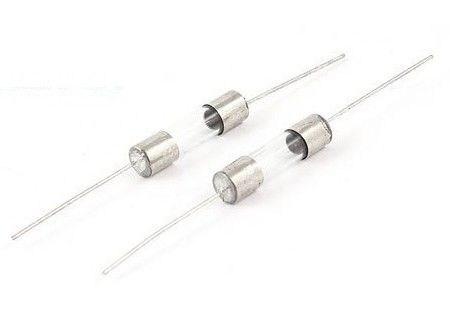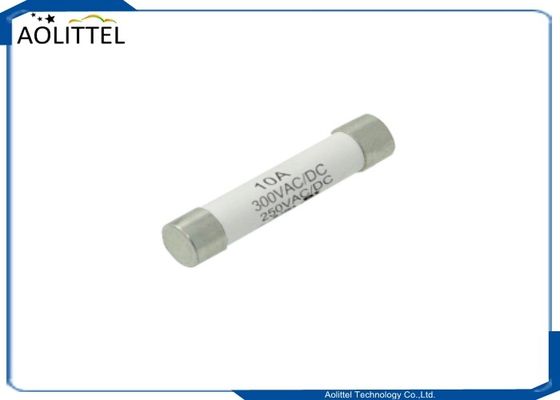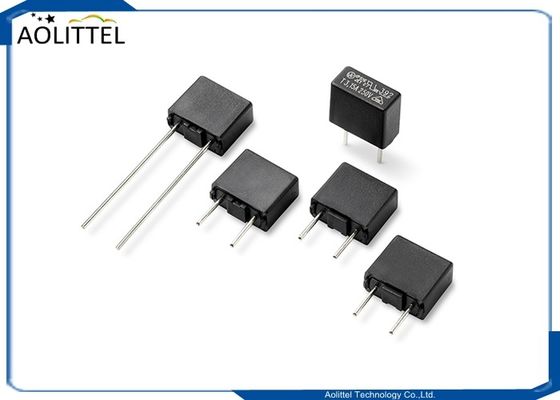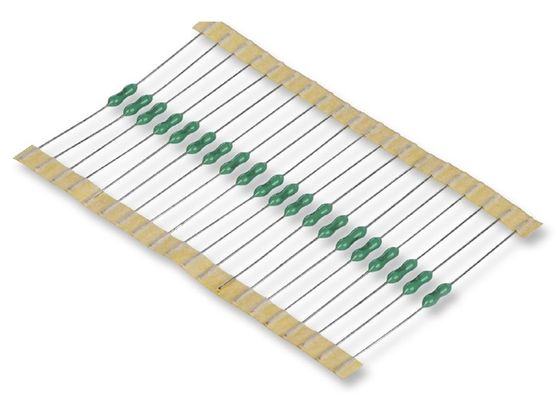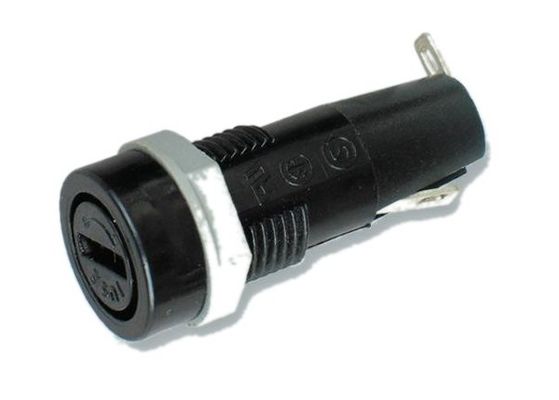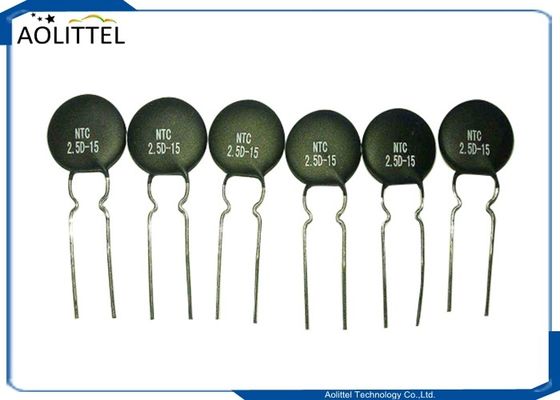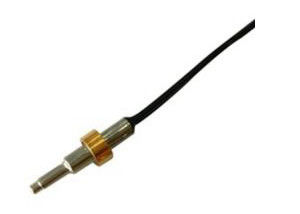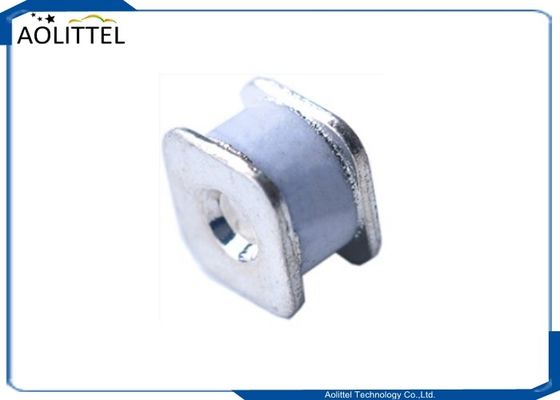Metal oxide film resistor definition
The metal oxide film resistor is a type of fixed resistor, which uses metal oxide film as the resistive element to limit the flow of electric current to certain level.
What is metal oxide?
Metal oxide is a metallic compound, which is formed because of the chemical bonding between the oxygen atom and other elements. Metallic compound consists of two or more different types of atoms such as (tin with oxygen). In metal oxide film resistors, the film is constructed by using the tin oxide.
What is tin oxide?
Tin oxide is a type of metallic compound, which is formed because of the chemical bonding between the oxygen atom and tin.
Metal oxide film resistor construction
The construction of metal oxide film resistor is almost similar to the metal film resistors. The main difference between the metal oxide film resistor and the metal film resistor is material used for constructing the film.
In metal film resistor, the film is constructed by using the metals such as nickel chromium whereas in metal oxide film resistors, the film is constructed by using the metal oxide such as tin oxide.
The metal oxide film resistor is made by coating the ceramic core with metal oxide such as tin oxide. The antimony oxide is added to the tin oxide to increase its resistivity. The resistivity of the metal oxide film is mainly depends on the amount of antimony oxide added to the tin oxide.

The film made of tin oxide and antimony oxide acts as the resistive element to the electric current. Hence, metal oxide film restricts the electric current to certain level. The ceramic core acts the insulating material to the electricity. Hence, the ceramic core does not allow heat through it. Thus, these resistors can withstand at high temperatures.
The metal end caps are fitted at both ends of the resistive element. The leads made of copper are joined at two ends of these metallic end caps. The metal oxide film resistors are able to withstand at higher temperatures than metal film and carbon film resistors.
In metal oxide film resistor, the desired resistance is achieved by cutting the metal oxide film in a helical manner along its length. Once the desired resistance value is achieved, the cutting of metal oxide film is stopped. Lasers are generally used to cut the metal oxide film in a helical manner.
Resistance of metal oxide film resistor is depends on the amount of antimony oxide added, the thickness of metal oxide film layer, and the width of helical metal oxide film cut
The resistance of the metal oxide film resistor is depends on the amount of antimony oxide added to the tin oxide, the thickness of the metal oxide film layer, and the width of helical metal oxide film cut.
Amount of antimony oxide added
The antimony oxide is added to the tin oxide to increase the resistance of the metal oxide film. The resistivity of the metal oxide film is directly proportional to the amount of antimony oxide added.
If large amount of antimony oxide is added to the tin oxide, the resistance of the metal oxide film to the electric current increases highly. Therefore, a large amount of electric current is blocked.
If small amount of antimony oxide is added to the tin oxide, the resistance of the metal oxide film to the electric current increases slightly. Therefore, only a small amount of electric current is blocked.
Width of helical metal oxide film cut
Cutting the metal oxide film in a helical manner with laser will increase the resistive path of the electric current. Hence, the resistance to the electric current increases. The resistance provided by the metal oxide film resistor is depends on the width of metal oxide film cut.
The helical film cut with more width provide less resistance to the electric current because the free electrons have to travel only a small distance through the resistive path. Hence, the possibility of free electrons collision with the atoms is less. Thus, only a small number of free electrons collide with the atoms and the remaining large number of free electrons moves freely from one place to another place by carrying the electric current.

Therefore, the metal oxide film resistors with wide helical metal film cut allows large amount of electric current.
The helical film cut with less width provides more resistance to the electric current because the free electrons have to travel a large distance through the resistive path. Hence, the possibility of free electrons collision with the atoms is high. Therefore, a large number of free electrons collide with the atoms and the remaining small number of free electrons moves freely by carrying the electric current.

Therefore, the metal oxide film resistors with narrow helical film cut allows only a small amount of electric current.
Metal oxide film layer
The resistance of the metal oxide film resistor is inversely proportional to the thickness of the metal oxide film layer.
Metal oxide film resistors with very thick film provide large space for the free electrons to move freely from one place to another place. Hence, the possibility of free electrons collision with the atoms is very less. Therefore, only a small number of free electrons collide with the atoms. The small number of free electrons, which collides with the atoms, loses their energy in the form of heat and the remaining large number of free electrons moves freely from one place to another place by carrying the electric current. Therefore, the metal oxide film resistors with very thick film layer allows large amount of electric current.
Metal oxide film resistors with very thin film provide less space for the free electrons. Hence, the possibility of free electrons collision with the atoms is high. Therefore, a large number of free electrons collide with the atoms. The large number of free electrons, which collides with the atoms, loses their energy in the form of heat and the remaining small number of free electrons moves freely by carrying the electric current. Therefore, the metal oxide film resistors with very thin film layer allow only a small amount of electric current.
Advantages of metal oxide film resistors
Low cost compared to the carbon composition resistor.
Metal oxide film resistors operate at higher temperatures.
Produce low noise.
Small size
High stability
High reliability

 Your message must be between 20-3,000 characters!
Your message must be between 20-3,000 characters! Please check your E-mail!
Please check your E-mail!  Your message must be between 20-3,000 characters!
Your message must be between 20-3,000 characters! Please check your E-mail!
Please check your E-mail! 
